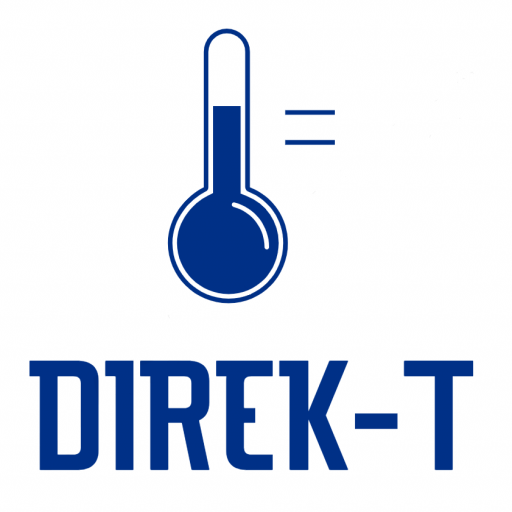WP 1: Practical thermodynamic temperature dissemination between 4 K and 25 K
PTB (WP leader), CEM, CNAM, INRiM, INTiBS, LNE, NPL, TIPC-CAS
The aim of this work package is the direct realisation and dissemination of thermodynamic temperature (T) in the range from 4 K to 25 K by using three different methods of primary thermometry (AGT, DCGT and RIGT) previously developed in the InK1, InK2 and Real-K EMRP and EMPIR projects. The direct determination of T will negate the need to realise the International Temperature Scale ITS-90 (which is complex in this temperature region), thus simplifying direct dissemination of the kelvin via resistance thermometry. Thermodynamic temperature will be disseminated to two NMIs without primary thermometry capabilities but who have facilities to calibrate on ITS-90 and/or maintain reliable wire scales between 4 K to 25 K. By using these facilities to directly compare the thermometers calibrated by thermodynamic temperature, these NMIs will prove, for the first time ever, a proof of the consistency of the different primary thermometry given in the MeP-K and verify whether the target uncertainty of 0.3 mK for dissemination in this range is achievable. The initial important task in this work package will characterize and hence identify, within a batch of resistance thermometers with different sensing elements by different manufacturers, the sensors which have the capability to reproduce and maintain a wire scale with uncertainties within a few tenths of a millikelvin. In the past, this function was performed by Rh-Fe thermometers from a single manufacturer but, these sensors are no longer available, alternatives have to be found. In this work package, the best performing sensors identified by the selection process will subsequently be used for the dissemination of thermodynamic temperature. The performance of the different types of resistance thermometers will be compared for stability, sensitivity and their deviation from linearity.


